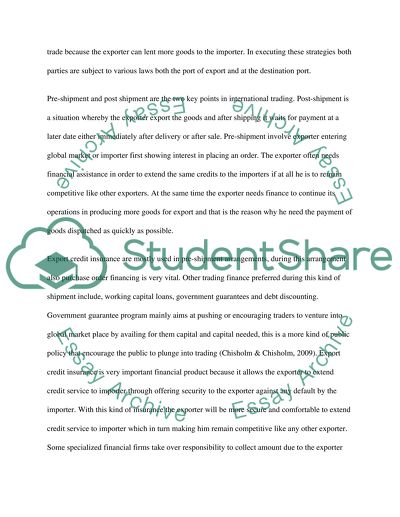Cite this document
(“Faculty of Business Environment and Society Coursework”, n.d.)
Faculty of Business Environment and Society Coursework. Retrieved from https://studentshare.org/finance-accounting/1633181-faculty-of-business-environment-and-society
Faculty of Business Environment and Society Coursework. Retrieved from https://studentshare.org/finance-accounting/1633181-faculty-of-business-environment-and-society
(Faculty of Business Environment and Society Coursework)
Faculty of Business Environment and Society Coursework. https://studentshare.org/finance-accounting/1633181-faculty-of-business-environment-and-society.
Faculty of Business Environment and Society Coursework. https://studentshare.org/finance-accounting/1633181-faculty-of-business-environment-and-society.
“Faculty of Business Environment and Society Coursework”, n.d. https://studentshare.org/finance-accounting/1633181-faculty-of-business-environment-and-society.


